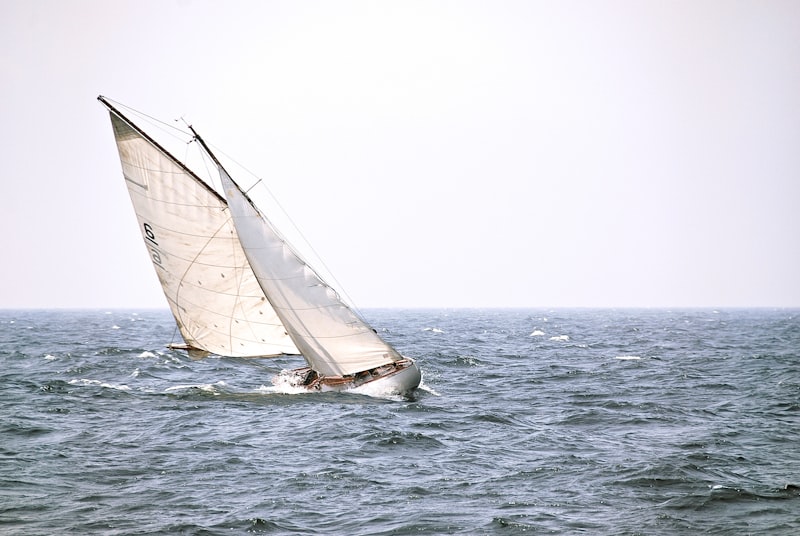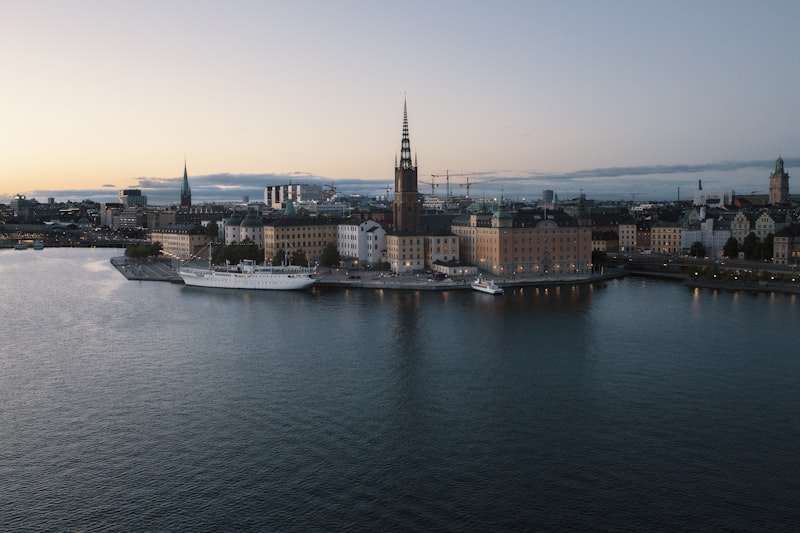Of all the mysterious maritime incidents that have captivated the public imagination, few are as enduring and puzzling as the case of the Mary Celeste—a merchant ship discovered adrift and abandoned in the Atlantic Ocean in 1872. Beyond the inherent mystery, the Mary Celeste represents one of history's most perplexing insurance cases, one that continues to haunt marine insurers and investigators to this day.
The Ghost Ship Discovery

On December 5, 1872, the British brig Dei Gratia encountered a ship sailing erratically off the Azores Islands. Upon investigation, they discovered it was the American vessel Mary Celeste—completely deserted yet perfectly seaworthy. The ship's cargo of industrial alcohol was largely intact, and the crew's personal belongings remained undisturbed. Six months' worth of food and water supplies were still aboard.
Most baffling to investigators: the ship's single lifeboat was missing, suggesting the crew had abandoned ship voluntarily—but why would they leave a perfectly sound vessel for the perils of a small boat on the open ocean?
The Insurance Investigation
When the Mary Celeste was brought to Gibraltar, an entirely new mystery began to unfold—one focused on insurance money. The vessel was insured for $14,000 (equivalent to approximately $300,000 today), and its cargo for an additional $34,000.
The attorney general of Gibraltar, Frederick Solly-Flood, suspected foul play with insurance fraud as the motive. He initially accused the Dei Gratia's crew of murdering the Mary Celeste's occupants to claim salvage rights—a serious accusation that would have seen them hanged if proven.
His investigation centered on three main theories:
- The crew of the Dei Gratia had murdered the Mary Celeste's occupants
- The Mary Celeste's captain had orchestrated an insurance scam
- The crew had mutinied, abandoned ship, and the captain's report was false
The Salvage Case
The salvage hearings became one of the most contentious maritime insurance cases of the 19th century. Normally, salvaging an abandoned vessel entitled the salvagers to a significant percentage of the ship's value—sometimes up to 50%.
However, suspicious of fraud, the insurance company's representatives fought vigorously against paying the full salvage claim. After extensive investigation and hearings, the court awarded the Dei Gratia crew just one-fifth of the potential salvage value—about $8,300 instead of the expected $46,000—reflecting the court's lingering suspicions despite lack of conclusive evidence of wrongdoing.
The Enduring Mystery
The Mary Celeste case has spawned countless theories over the past 150 years:
- Alcohol Explosion Theory: Small explosions from the alcohol cargo might have frightened the crew into temporarily abandoning ship
- Seaquake Hypothesis: A submarine earthquake could have given the impression the vessel was sinking
- Piracy: Though no evidence of violence was found, some believe pirates may have forced the crew into the lifeboat
- Insurance Fraud: Perhaps most intriguing to insurance historians, some maintain that Captain Briggs intentionally abandoned his ship as part of an insurance scam that went wrong
What makes the insurance angle particularly compelling is that the Mary Celeste had changed ownership several times in the years before her abandonment, and had been heavily over-insured relative to her actual value—classic red flags for potential fraud.
The Legacy in Insurance Practices
The Mary Celeste case fundamentally changed marine insurance practices. Following this incident, insurers implemented several new guidelines:
- More stringent verification of vessel value before issuing policies
- Requirements for detailed crew manifests and experience records
- Implementation of "abandonment clauses" specifying conditions under which a vessel could legitimately be abandoned
- More comprehensive investigation protocols for abandoned vessel claims
"The Mary Celeste completely transformed how we approach marine salvage and abandonment cases," explains maritime insurance historian Margaret Wilkins. "Every suspicious marine claim today is still investigated with lessons learned from this case."
Other Mysterious Insurance Cases at Sea
While the Mary Celeste remains the most famous, other mysterious maritime insurance cases have similarly baffled investigators:
The Carroll A. Deering (1921)
Found abandoned off North Carolina with food still cooking on the stove, this American schooner's crew was never found. The insurance investigation uncovered possible mutiny and rumors of piracy, but the case remains unsolved. The insurers eventually paid the claim after a three-year investigation.
The Joyita (1955)
This vessel was found abandoned in the South Pacific with no sign of the 25 people who had been aboard. Despite being damaged, the boat was still afloat and should not have been abandoned. The insurance claim sparked controversy, and investigators noted concerning discrepancies in the vessel's maintenance records.
The High Aim 6 (2003)
This modern ghost ship was found drifting in Australian waters with its engine in perfect working order but its entire crew missing. The insurance investigation revealed that one crew member later turned up in his home country, claiming there had been a mutiny—but he refused to provide details about what happened to the other crew members. The case remains an open insurance investigation.
The Unsolved Case
Today, the Mary Celeste stands as insurance history's greatest unsolved mystery. The vessel itself continued to generate suspicion throughout its remaining years—it changed hands multiple times, with each new owner reporting unusual difficulties, until it was deliberately wrecked off Haiti in 1885 in what was determined to be yet another insurance fraud attempt.
The ultimate fate of the Mary Celeste's crew—Captain Benjamin Briggs, his wife, young daughter, and eight crewmen—remains unknown. No trace of them was ever found, leaving insurance investigators, maritime historians, and mystery enthusiasts to continue debating what really happened on that fateful voyage over 150 years ago.
As one marine insurance adjuster puts it: "The Mary Celeste isn't just a maritime mystery—it's the case that every marine insurance investigator knows might never be fully solved."





